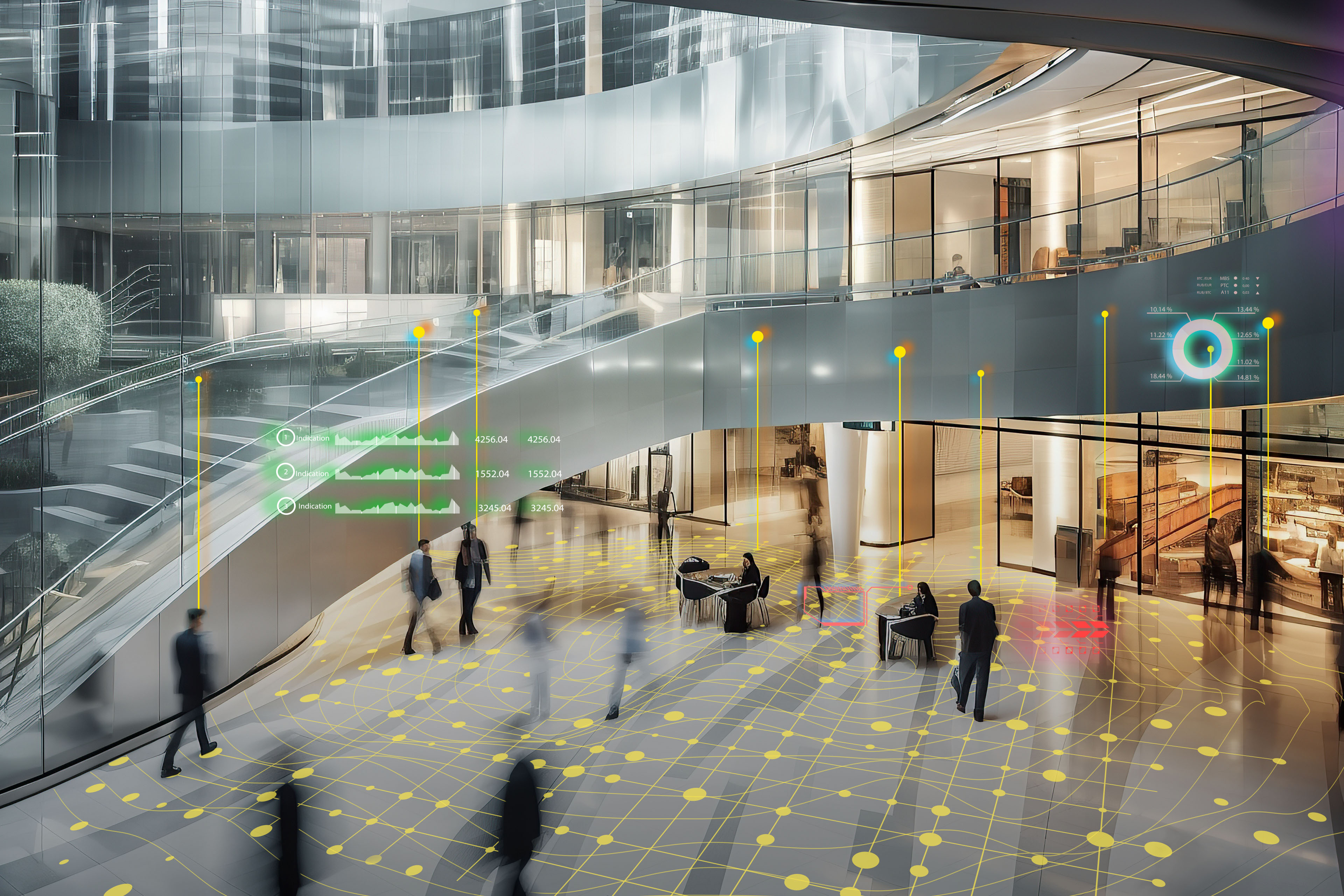The infrastructure sector is inherently complex and interconnected across the asset lifecycle, but it is constrained to a linear approach as processes and technologies have forced the sector into silos. What if AI could unlock opportunities to work differently, more productively and efficiently across the lifecycle stages?
This is exactly the future that AI can enable. AI technologies can process vast datasets, uncover hidden patterns, predict potential issues, and optimize resources across interconnected project phases. By breaking down barriers and bridging gaps across stakeholder groups and project phases, AI enables collaboration across the lifecycle, facilitating better decision-making, outcomes and more sustainable infrastructure.
While organic AI solutions are emerging, accelerating growth and maturity needs industry-wide strategic and targeted interventions from across the infrastructure ecosystem— from asset managers and owners to contractors and software vendors. Each group has diverse interests, concerns and influences that are critical to balance their complex interactions and needs.
To support this approach, we have defined five guiding principles and ambitions that create opportunities for greater adoption of AI. The ambitions aim to facilitate further automation, reduce duplication, strengthen controls and enable evidence-based decision-making.
- "Determine the purpose" – Increase the certainty that infrastructure will meet its intended purpose before funding commitments by taking a proactive industry approach with incentives and enablers initiated and implemented by asset owners and governments. Prioritize end-user needs and societal benefits in all planning and decision-making processes. Ensure assets are developed with resilience, responsiveness and sustainability as key priorities.
- "Plan for end-to-end delivery" – Focus on enhancing the quality and reliability of project planning and preparation. To achieve this, develop comprehensive digital strategies that integrate AI technologies throughout the project lifecycle. Invest more time in thorough up-front planning to ensure projects are deliverable and affordable before making commitments. Implement AI-driven solutions from initial planning through operation and maintenance phases, emphasizing data continuity and interoperability.
- "Confirm the operating model" – Set up projects and programs with governance and contract arrangements that support the ambitions of wider portfolios as a strategic priority. Integrate AI tools to create more flexibility and address data ownership and liability concerns. Continuously reassess and adapt traditional delivery and operating models to meet evolving infrastructure needs. Establish flexible contractual frameworks that encourage innovation while managing risks associated with new technologies.
- "Integrate ways of working" – Actively ensure the right systems and teams are in place to operate more efficiently. Build capacity and capabilities for AI implementation and invest in training and upskilling programs to ensure the workforce can work alongside AI technologies. Foster partnerships between industry stakeholders and educational institutions to develop relevant curricula. Cultivate a culture of collaboration and continuous learning, emphasizing cross-disciplinary skills and AI literacy across all levels of the organization to enhance project outcomes.
- "Operate responsive assets" – Ensure operational considerations are at the forefront of decision-making during the planning, design, delivery, handover and initial occupation of built assets. Leverage AI for optimized asset performance and maintenance by implementing AI-driven predictive maintenance systems and digital twins to enhance asset performance, reduce downtime and extend asset lifecycles. Implement data-driven solutions to analyze asset operational performance against assumptions and targets. Facilitate continuous improvement by incorporating feedback loops from operational data into future project planning and design processes.
As an example of how AI can be applied, let's consider the first guiding principle, "Determine the purpose." Here, spatial location intelligence, which utilizes ML and CV, can play a crucial role. These AI algorithms analyze remote sensing satellite imagery to help identify and classify landscape features and built infrastructure, producing digital maps of current site conditions during project planning. The outputs have additional uses during planning stages, such as serving as an early basis for optimizing site access routes to support planning approvals or logistics modeling. Find more examples of how AI can be applied across the framework in the report.










